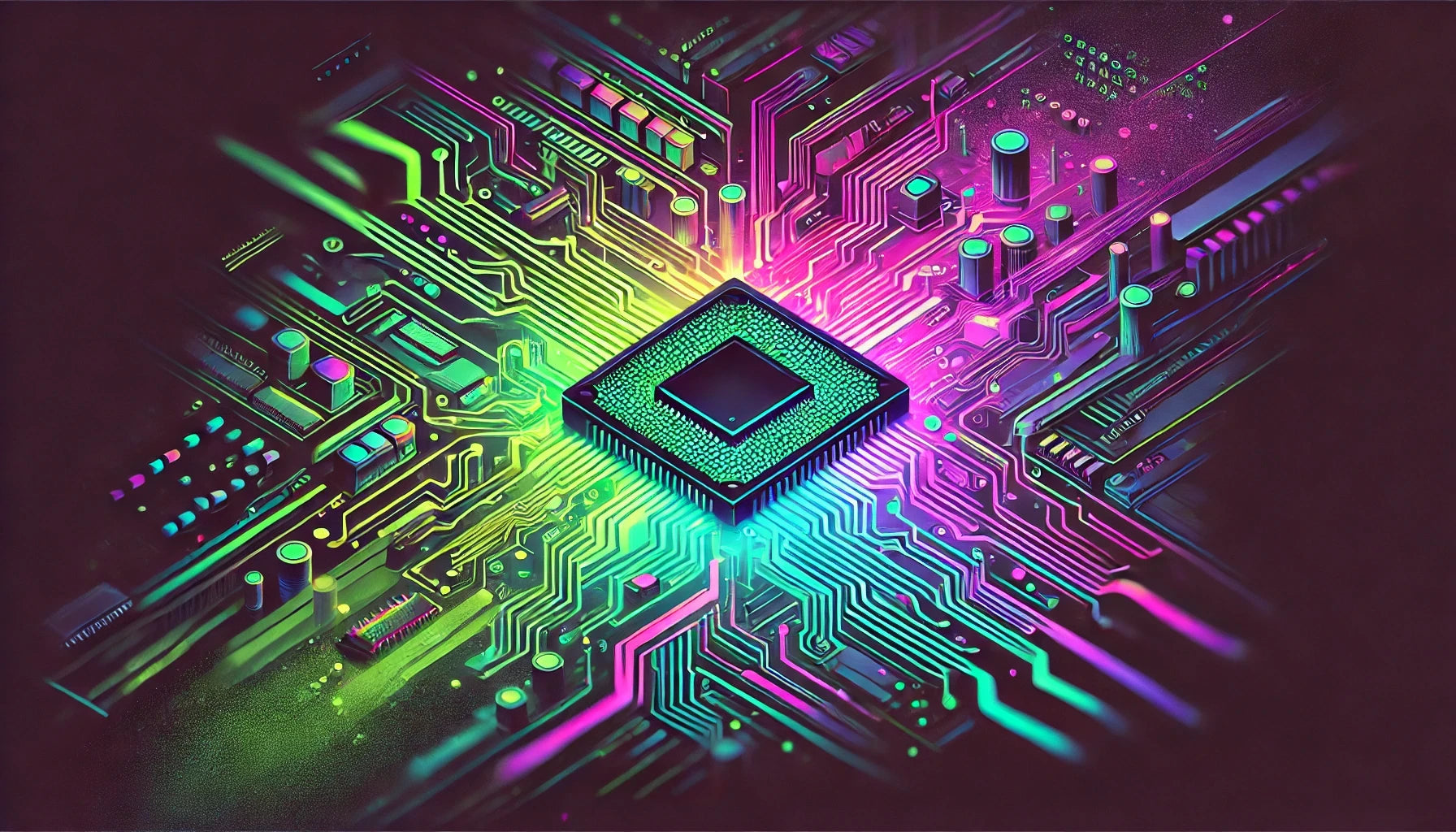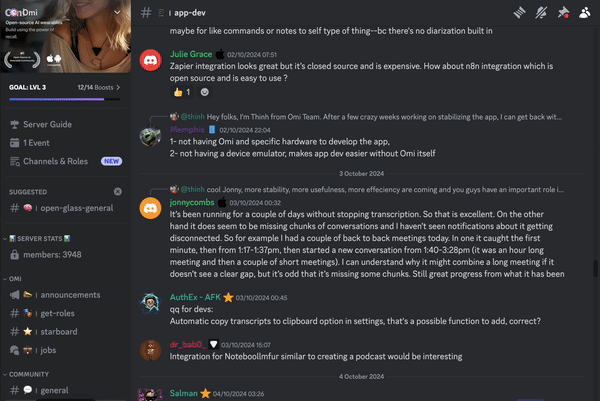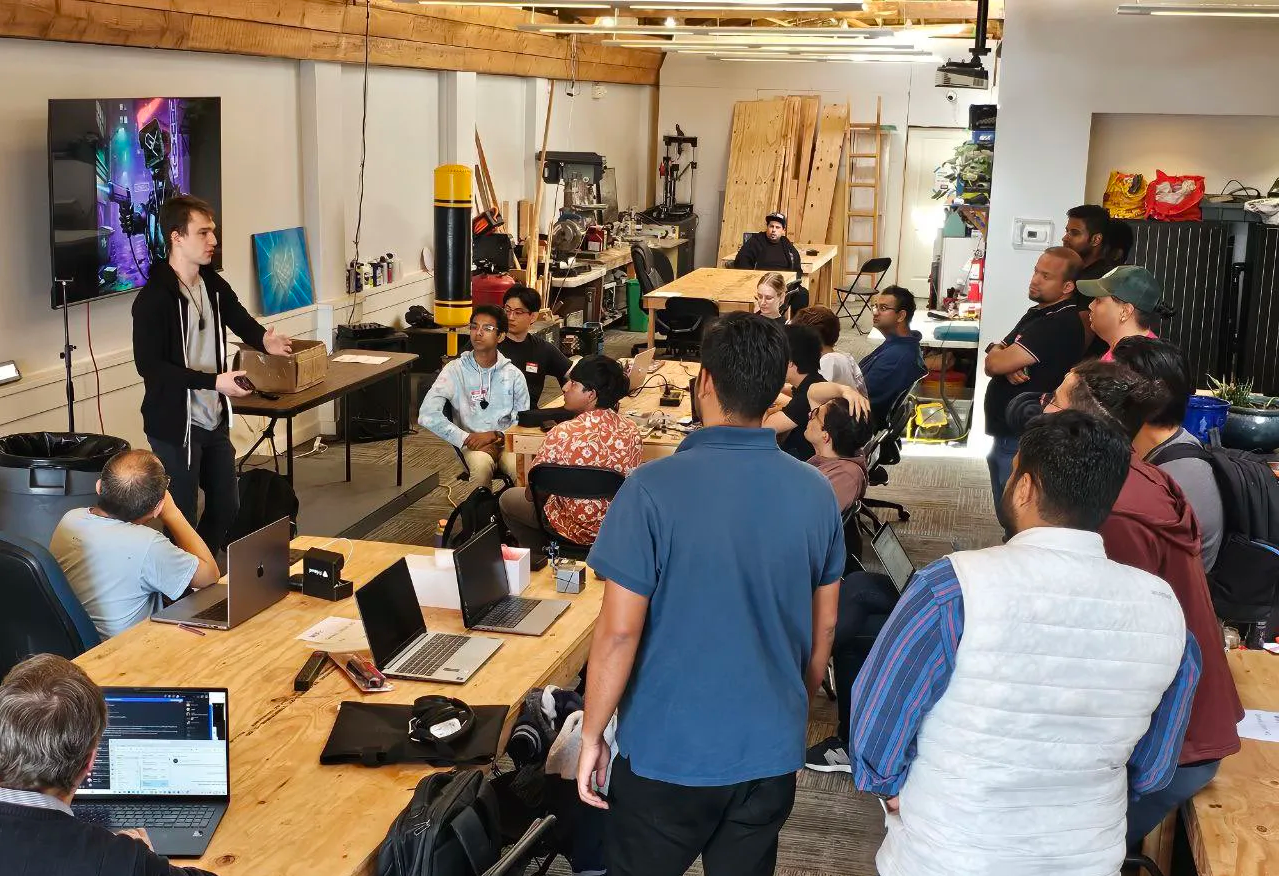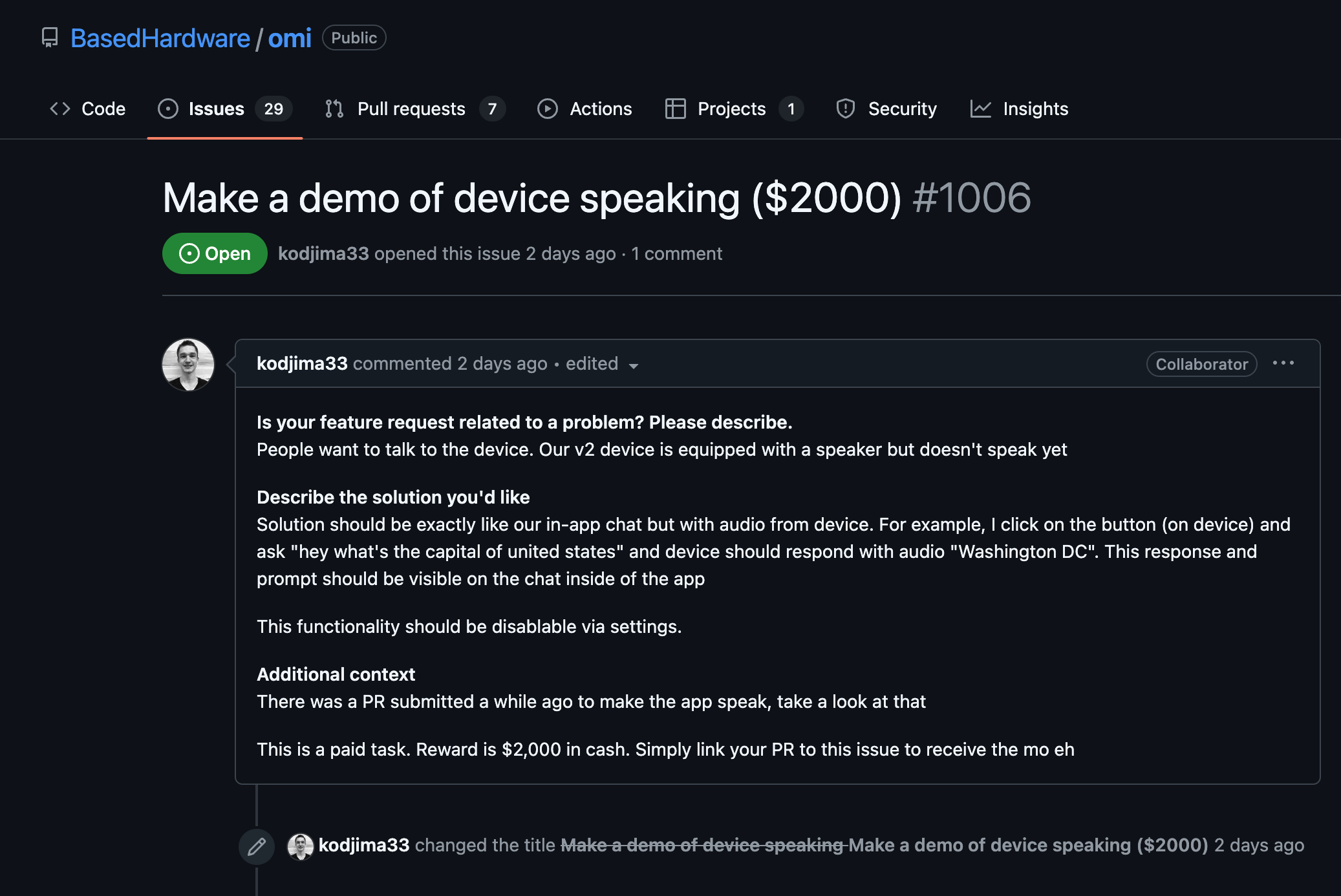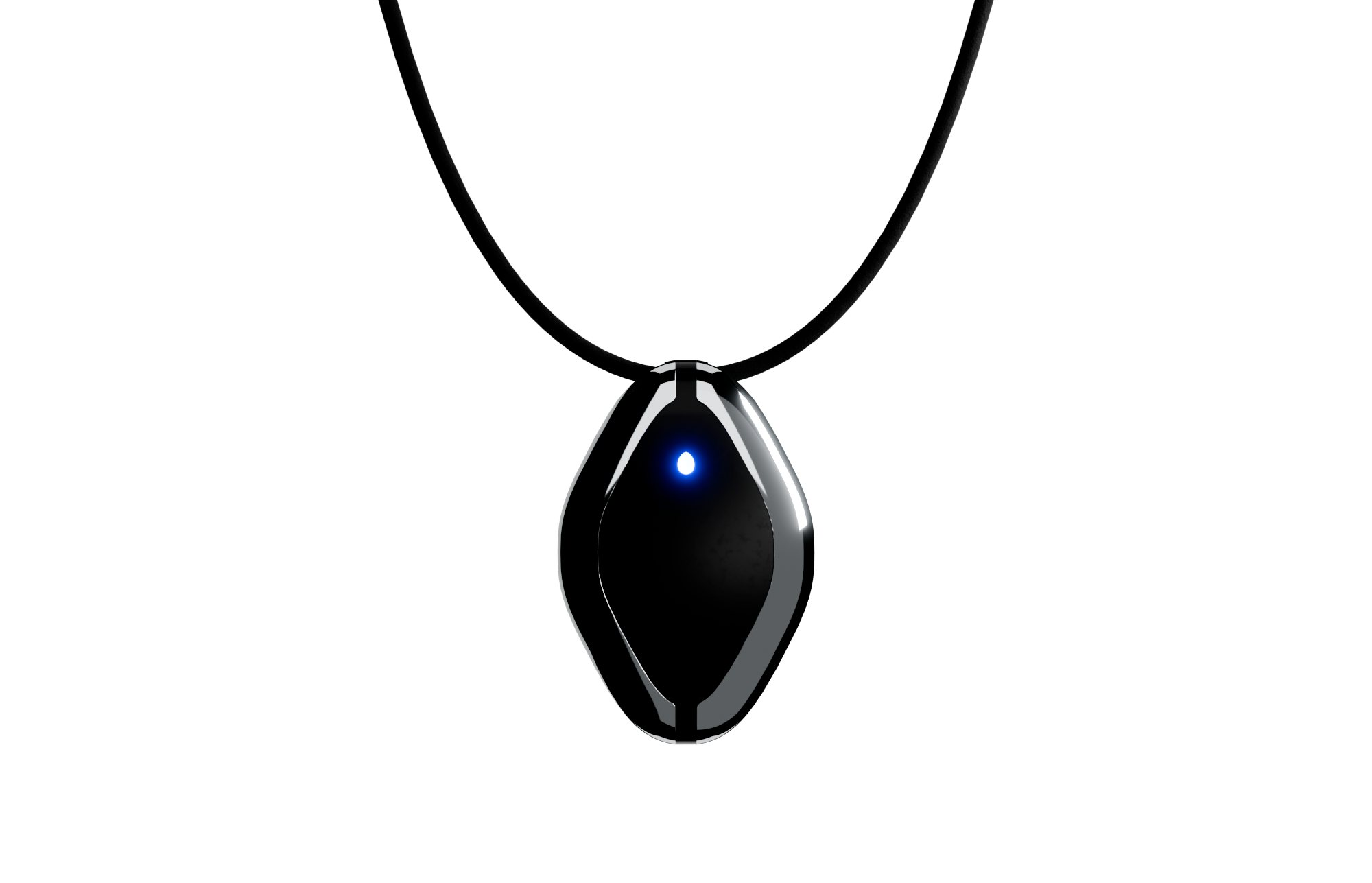Overview of CAN Bus Communication
Controller Area Network (CAN) Bus communication is a robust vehicle bus standard designed to allow microcontrollers and devices to communicate with each other in applications without a host computer. It is predominantly used in the automotive industry but is also employed in other fields, such as industrial automation and medical equipment. The CAN Bus is a message-based protocol, meaning it does not send data segments directly to individual receivers but instead broadcasts messages across the entire network. Every device in the network can receive the messages, and each device determines if the message is relevant to itself or not.
Key Features and Advantages
- Reliability: CAN Bus provides reliable communication even in electrically noisy environments, which is critical in automotive and industrial contexts where data integrity is crucial.
- Efficiency: The protocol is highly efficient and is designed to minimize the message size to allow timely data transmission. Messages can have a maximum size of 8 bytes of data, making them lightweight and fast to process.
- Prioritization: Each message on a CAN Bus has a unique identifier, which also determines its priority. The lower the identifier number, the higher the priority. This allows for time-critical information to be transmitted without delay.
- Decentralized Control: Unlike some other communication protocols, CAN Bus does not require a master device to control communication. It supports peer-to-peer communication, enabling devices to start a transmission anytime if the bus is available.
- Error Detection and Handling: The protocol includes mechanisms for automatic error detection, signaling, and retransmission processes, ensuring reliable communication across the network.
Basic Structure
CAN Bus uses two dedicated wires for communication - CAN High and CAN Low. The network is wired in a differential pair which reduces susceptibility to external electromagnetic interference. Communication on the bus happens using frames, which can be broadly categorized into four types: Data Frame, Remote Frame, Error Frame, and Overload Frame.
Common Applications
- Automotive Systems: CAN Bus is extensively used in vehicles to connect various Electronic Control Units (ECUs) like Engine Control Module, Brake Control Module, etc.
- Industrial Equipment: CAN Bus is employed in various industrial automation systems, connecting complex machinery and facilitating communication between different parts of the system.
- Medical Devices: CAN Bus ensures reliable and error-free communication in medical equipment, where reliability can be a matter of life and death.
- Building Automation: The protocol is used in building systems for controlling heating, ventilation, and air conditioning (HVAC), and other centralized systems.
Conclusion
CAN Bus communication stands out for its ability to provide efficient, reliable, and prioritized data transmission in demanding environments, playing a vital role in numerous industries that require stable and efficient communication networks. Its decentralized approach and built-in reliability mechanisms make it a preferred choice for systems requiring robustness and fault-tolerance.

